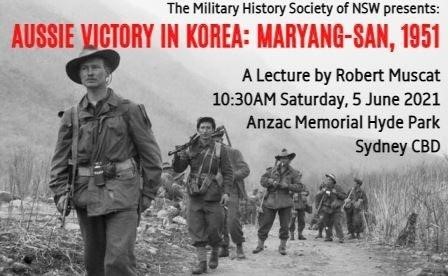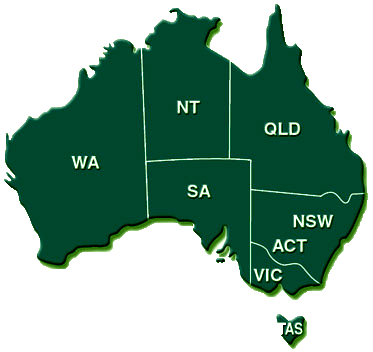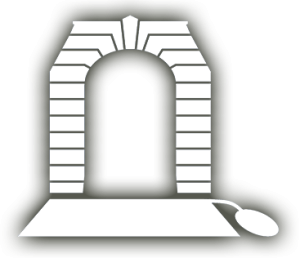To mark the 70th anniversary of a crucial year in the Korean War, the next lecture at The Military History Society NSW will be delivered at 10:30AM on Saturday, 5 June 2021.
This tough encounter was an undoubted success for UN forces in which 3rd Battalion Royal Australian Regiment played a decisive role.

The shock attack by masses of Chinese People’s Volunteer Army (PVA) troops across the Yalu River into Korea in September 1950 was triggered by successes of the United Nations forces under General Douglas McArthur over the preceding month. The invading North Korean People’s Army had been pushed out of South Korea, back above the 38th parallel and towards the Chinese border. After the Chinese intervention, McArthur was dismissed but his successors halted the Chinese Spring Offensive of April and May 1951 and launched a UN counter-offensive in May and June.
Also under UN command was the 28th Brigade of 1st British Commonwealth Division, occupying part of the west-central sector north of Seoul. The brigade included 3rd Battalion Royal Australian Regiment (3RAR) led by Lieutenant Colonel Frank Hassett from Marrickville, New South Wales.
Hoping to push communist forces back another ten kilometres to influence truce negotiations, US Eighth Army commander General James Van Fleet conceived Operation Commando, an advance on a broad front by 1st Commonwealth and four other divisions scheduled for 3-5 October. Facing 28th Brigade, the PVA were dug into a group of hills overlooking the Imjin River. The brigade was ordered to take these positions, and the primary objectives were Kowang-San (Hill 355) and a steep hill rising 200 metres, Maryang-San (Hill 317).
As Robert Muscat will explain in his all-round presentation, the Maryang-San phase of the operation on 5 October was allocated to 3RAR and two British regiments. Two earlier American attempts to take the position were unsuccessful. Using tactics developed against the Japanese in World War II, Hassett pulled off a skilfully coordinated assault by three companies which drove the PVA from their dug outs by 5:00PM. The British regiments failed to capture their objectives. According to Robert O’Neill, official historian of this almost forgotten campaign, “the victory of Maryang-San is probably the greatest single feat of the Australian Army during the Korean War”.
Robert Muscat is President of the Military History Society of New South Wales and a former rifleman in the Australian Army Reserve. He holds two masters degrees in education and is currently a secondary school principal in NSW. He has written and spoken about military history in various forums. His last lecture was about the Third Battle of Kharkov 1943.
VENUE: The Auditorium, Anzac Memorial Hyde Park, Hyde Park South, corner Elizabeth and Liverpool Streets, Sydney CBD. Admission is free of charge but a donation would be appreciated.
For further information call 0419 698 783 or email: [email protected]


